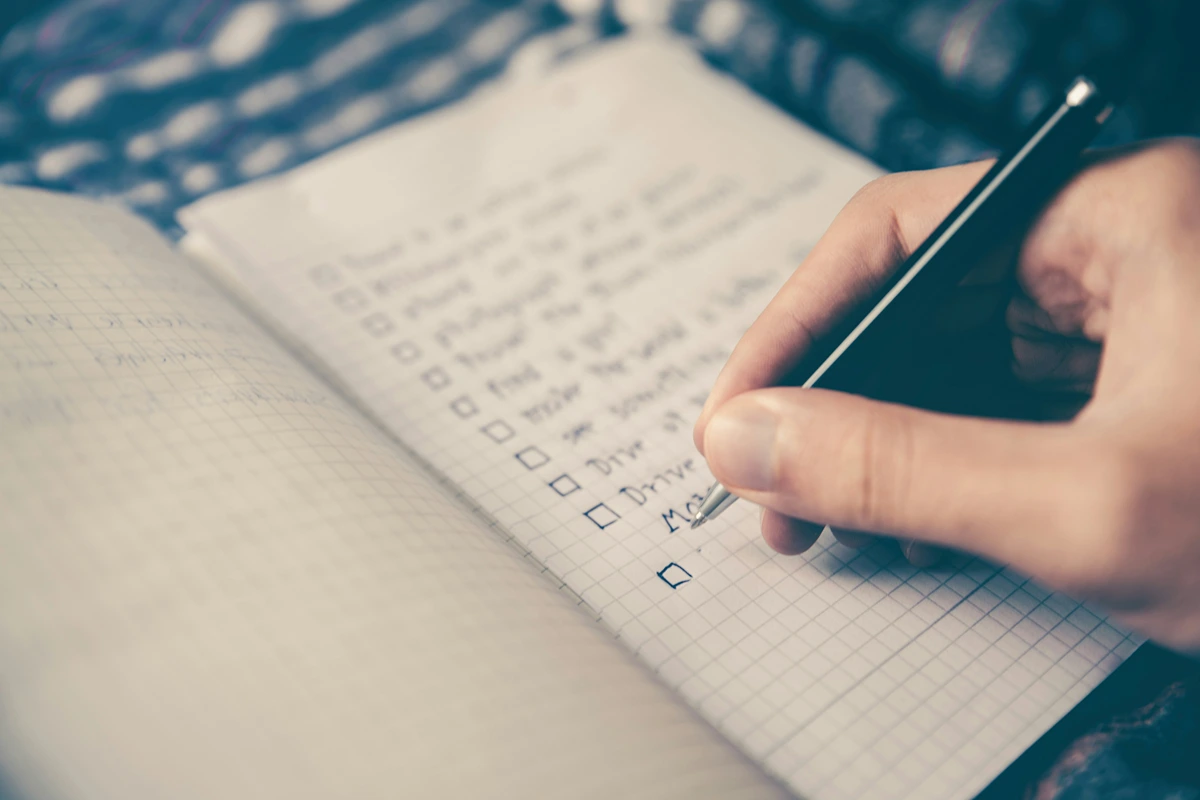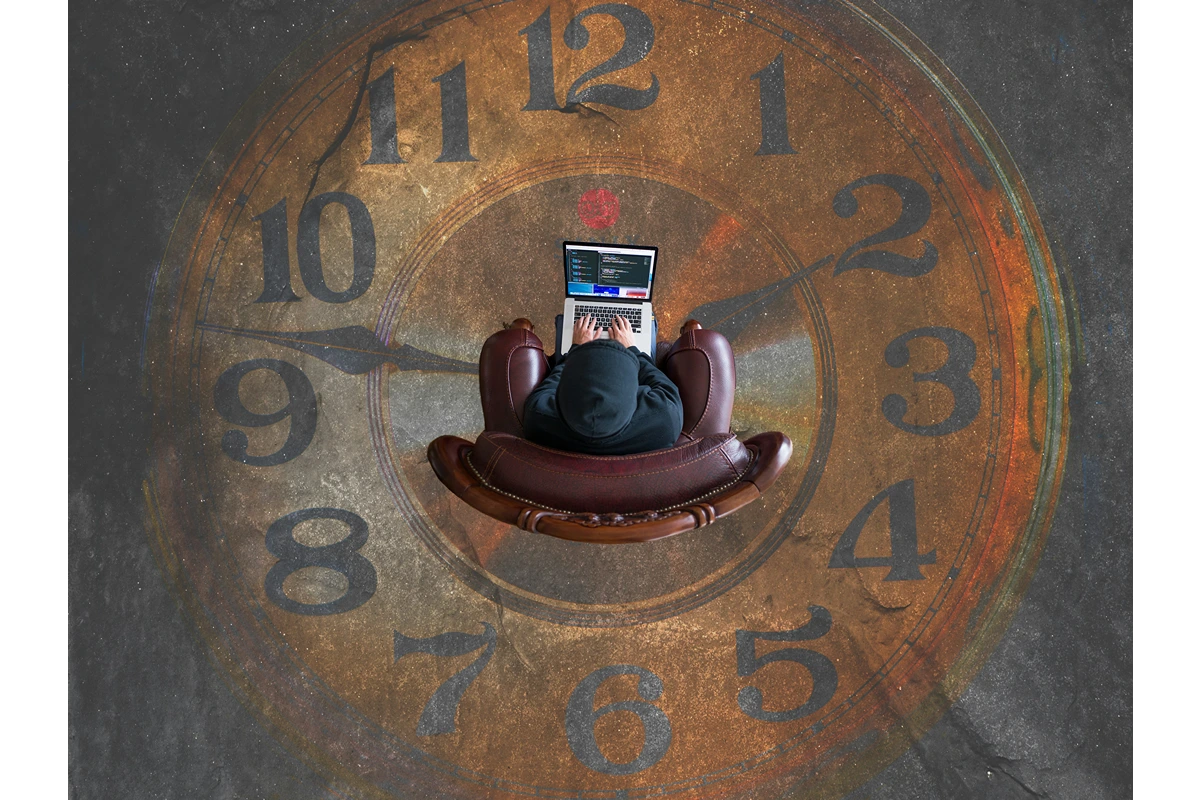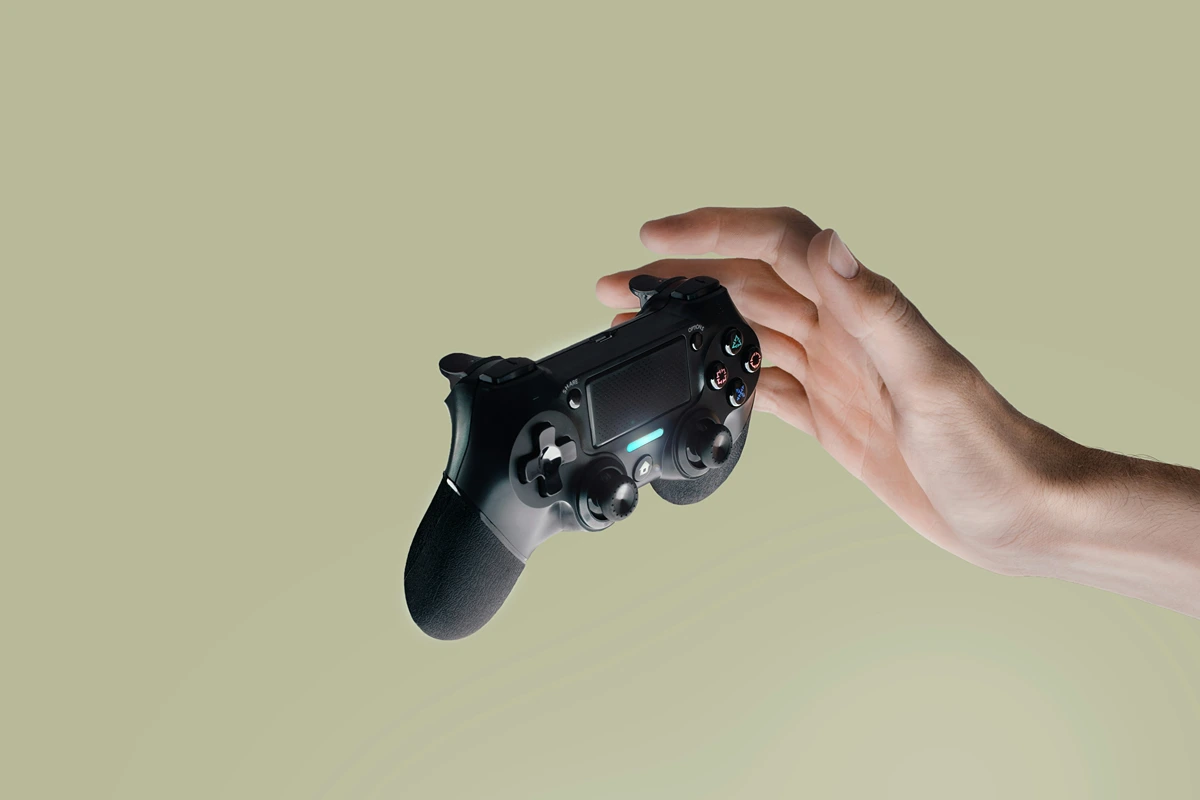Struggling to focus or feeling overwhelmed by constant distractions? Living with ADHD in today’s always-on digital world can be exhausting. Discover practical strategies, helpful tools, and science-backed tips to boost focus, manage screen time, and create routines that work for your brain without relying on willpower alone.









